Finding your way in the great outdoors without a compass can feel like a daunting task. Navigating by nature’s signs is an age-old art with techniques passed down through generations.
We’ll guide you through simple, effective strategies to find your bearings using the sun, stars, and Earth’s landmarks. Stay tuned; discovery awaits!
Table of Contents
Key Takeaways
- Use the position of the sun and shadows to find cardinal directions by creating your own sundial with a stick and marking shadow tips at different times.
- At night, locate Polaris using the Big Dipper constellation to find true north, or use the crescent moon’s tips extended down to find south in the northern hemisphere.
- Water features like streams often lead downhill toward civilization; moss typically grows on the northern side of trees in northern latitudes, indicating direction.
- An analog watch can be used as a makeshift compass by aligning its hour hand with the sun and finding the midpoint between it and 12 o’clock for southern/northern direction depending on hemisphere.
- Observing natural elements such as vegetation patterns, wind directions, and landforms can provide cues for navigation when conventional tools are unavailable.
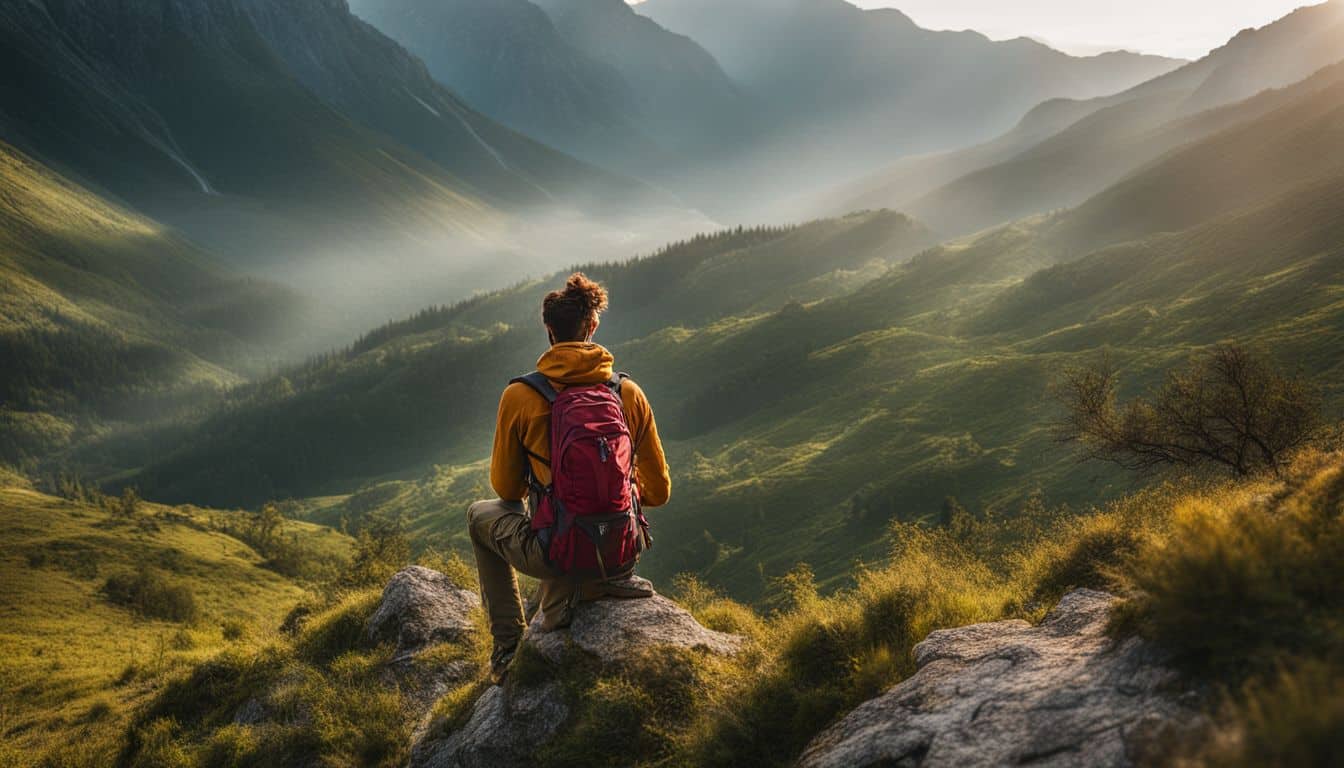
Moving beyond the basics, learning to navigate without a compass relies on sharpening your observation skills and using the natural environment as your guide. Look for clues in nature, such as the direction tree branches grow or how snow melts, as these indicators can often point you towards the cardinal directions.
Pay attention to sun movement throughout the day— from east to west — this gives a general sense of orientation. Also, consider water flow in rivers and streams; they typically run from higher to lower ground and can lead you toward civilization.
To further hone your internal compass, practice recognizing landmarks and forming mental maps of your surroundings. Take note of distinctive features like mountain peaks, large boulders, or unique trees that stand out along your path.
These markers will serve as waypoints on your journey back if needed. Keep track of each turn you take so that retracing your steps becomes simpler should it be necessary. By mastering these essentials, venturing into wild terrain without a magnetic compass becomes less daunting and more about connecting with the world around you through ancient methods that have guided humans for millennia.
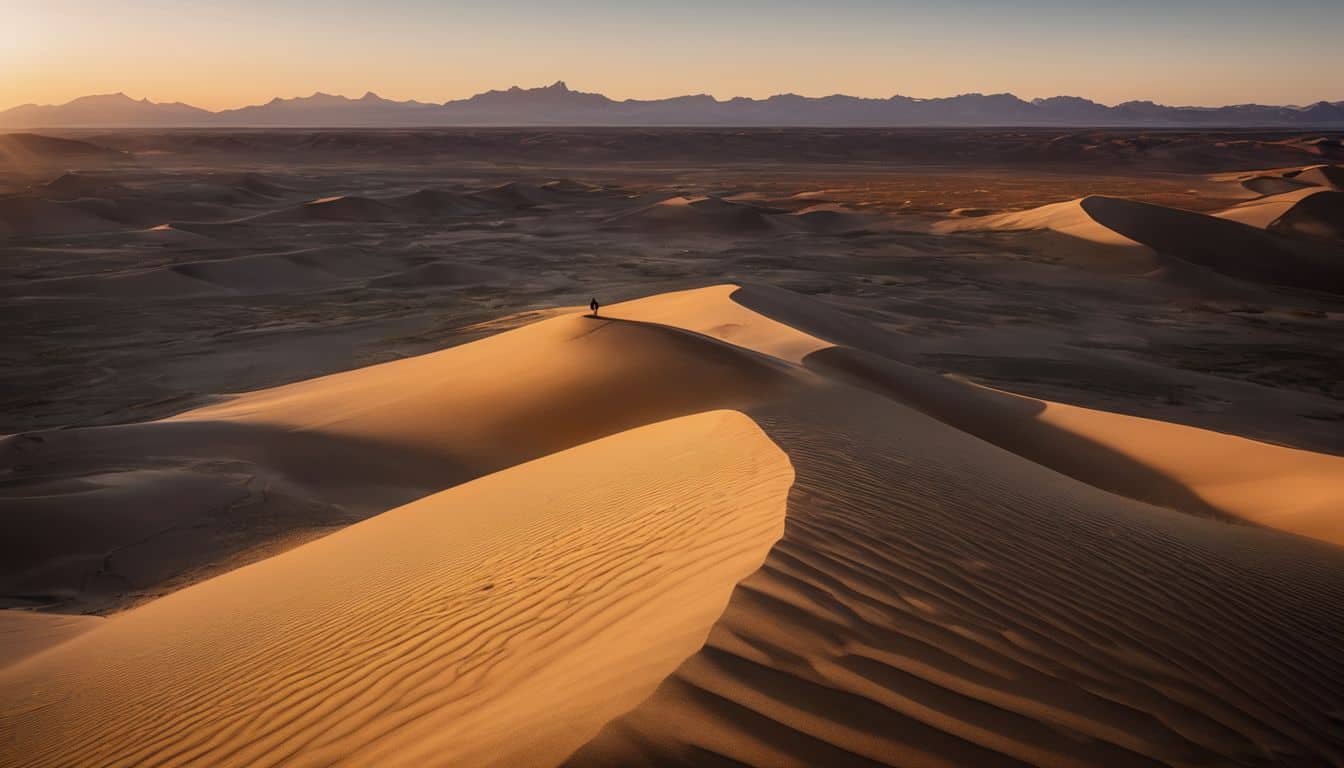
Harness the power of our solar anchor, the Sun, to find your way through unknown territory. With a few clever tricks and some observation skills, sun navigation can be your reliable guide when modern tools are out of reach.
Creating Your Own Sundial
Creating your own sundial is a clever way to find direction when you’re without a compass. With just a few simple steps, you can use the sun’s position to guide your path.
- Find a straight stick and place it upright in the ground; this will be your sundial’s gnomon.
- Choose an open area where sunlight casts a clear shadow from the stick.
- Mark the tip of the shadow with a stone; this point represents the hour line.
- Wait 15 minutes or longer, then mark where the shadow tip has moved to with another stone.
- Draw a line between the two marks to discover an east – west axis; the first mark is west and second east when in the northern hemisphere.
- Stand with your left foot on the first mark (west) and your right foot on the second mark (east) to face north.
- This method aligns with solar time, which varies from clock time – adjust for any differences due to daylight savings time or your location within your time zone.
- Repeat these steps at different times to cross-check directions and increase accuracy.
Using the Sun’s Position
Understanding how to use the sun’s position is crucial for navigation when you don’t have a compass. The sun can be your guide from sunrise to sunset with these simple steps:
- Find a flat, open area that receives direct sunlight.
- Locate a straight stick and place it vertically in the ground to cast a shadow.
- Mark the tip of the first shadow with a stone; this is the west direction.
- Wait 15 minutes, then mark where the shadow tip has moved; this point indicates east.
- Draw a line between the two points to get an approximate east-west line.
- Stand with your left foot on the first mark and your right foot on the second mark to face north.
4. Navigating Using the Stars: Unlock the mysteries of celestial navigation, where patterns etched in the night sky become your roadmap through darkness; learn to read these ancient signals and never lose your way under the stars again.
The Big Dipper Method
The Big Dipper method transforms the night sky into your own celestial compass. It’s a trusted technique for finding direction in the wilderness under the stars.
- Look for the prominent constellation known as Ursa Major, commonly referred to as the Big Dipper. It’s shaped like a ladle or cart with a curved handle and is typically visible in most Northern Hemisphere locales.
- Identify the “pointer” stars on the outer part of the Big Dipper’s bowl; these are Dubhe and Merak. They always point towards Polaris, also known as the North Star.
- Draw an imaginary line connecting these two pointer stars and extend it out about five times their distance. This line will lead your eyes to a moderately bright star that marks true north – that’s Polaris.
- Use Polaris to determine all other directions; facing it directly places south behind you, east to your right, and west to your left.
- Practice this method on clear nights so you can find Polaris quickly when needed. It becomes second nature with regular observation.
- Determine latitude by measuring the angle between Polaris and the horizon. As Polaris aligns closely with Earth’s rotational axis, its height above the horizon reflects your latitude.
- Adjust for changes in visibility of the Big Dipper throughout different seasons and latitudes by familiarizing yourself with other star patterns that may help in locating Polaris.
Understanding Cardinal Directions
Grasping the concept of cardinal directions is crucial for navigating without modern tools. It sets a foundation for finding your way by the sun, stars, and natural landmarks.
- Identify True North: Start by locating the North Star (Polaris) in the northern hemisphere; it’s nearly aligned with Earth’s axis and points towards true north.
- Recognize the Southern Cross: In the southern hemisphere, find orientation with the Southern Cross constellation. Extend its longer axis to pinpoint south on the horizon.
- Learn to Read Shadows: Utilize the shadow stick method at noon when shadows point due north in the northern hemisphere and due south in the southern hemisphere.
- Observe Moss Growth: Often, moss grows more densely on the northern side of trees in northern latitudes due to less sunlight exposure, helping indicate direction.
- Look for Water Features: Rivers normally flow from higher to lower ground, which can generally guide you toward one of the cardinal points if you understand regional geography.
- Use Timepieces Wisely: An analog watch can become a makeshift compass. Point its hour hand at the sun; halfway between that and 12 o’clock mark will give you a rough estimate of south in the northern hemisphere, north in the southern hemisphere.
- Watch Wind Patterns: Frequent wind directions can wear down vegetation on certain sides or shapes dunes pointing towards consistent wind flows which correlates with specific cardinal points based on local knowledge.
- Pay Attention to Animal Behavior: Some species build homes facing certain directions for climate control. Observing this can provide clues about orientation.
If you find yourself outside under the moonlight, its phase and position can guide you. For instance, when you see a crescent moon, draw an imaginary line from the tips down to the horizon.
Where this line hits the earth is roughly south in the northern hemisphere and north in the southern hemisphere. This method provides a general sense of direction during nighttime adventures.
Full moons rise near the east and set in the west, similar to how our sun behaves through its daily journey across the sky. Pay attention to where it first appears at nightfall – that’s your easterly direction, giving climbers or hikers without traditional navigational tools a way to orient themselves after dusk.
Now that we’ve illuminated lunar navigation, let’s turn our attention to using timepieces—a trusty analog watch can become an invaluable tool for finding your bearings under daylight conditions.
Using Time and an Analog Watch
After considering the moon’s glow for navigation, let’s turn our attention to a method that involves something many wear on their wrist – an analog watch. This classic accessory can act as your compass when you’re without one. Here are the steps to use time and your watch to find direction:
- Hold your analog watch flat in the palm of your hand.
- Position the watch so that its hour hand points directly at the sun. If you’re doing this in the morning, use the actual hour hand; if it’s afternoon, you’ll need to account for daylight saving time (DST) where applicable and adjust accordingly.
- Find the halfway point between the hour hand and 12 o’clock on your watch. In regions practicing DST, you’ll also consider this adjustment here.
- Draw an imaginary line from this midpoint to the center of the watch face. This line represents a meridian indicating south in the Northern Hemisphere and north in the Southern Hemisphere.
Navigating using natural landmarks involves discerning patterns in the environment that can guide your path. Familiarize yourself with distinctive terrain features, like water streams or unique tree formations, which can serve as reliable beacons when mechanical devices fail you.
Water Features
Water features like streams and rivers can guide you when you’re lost in the wilderness. Think of these flowing bodies as natural “handrails” that often lead to larger bodies of water or civilization paths.
Always follow a stream downhill since this increases your chances of stumbling upon a campsite or another point of interest.
Keep an eye out for how water flows; it shapes the land and can indicate the general slope of the terrain. This insight proves invaluable for rock climbers and hikers who need to find their way without conventional tools.
As you come to understand these natural signs, let’s explore another green clue: moss growth.
Moss Growth
While water features offer clues to direction, the plant life around you can also help. Moss growth on trees is a reliable indicator of cardinal directions in the wilderness. Typically, moss thrives on the northern side of trees because it favors shaded areas away from direct sunlight.
This natural tendency can serve as a makeshift compass when you’re navigating without one.
Keep your eyes peeled for patches of green lichen or moss clinging to tree trunks and rocks, especially if you find yourself under a thick canopy where sun and star navigation methods may be challenging to use.
Since these plants prefer moisture and limited light exposure, they predominantly grow on the north side in the Northern Hemisphere – an interesting quirk of nature that hikers and rock climbers often rely upon during their outdoor adventures.
Exploring the wilderness requires creativity, especially when traditional tools are absent; hence, delving into alternative navigation techniques becomes essential. From improvising with sticks to mimic sundials to transforming a simple needle into a makeshift compass, the art of orientation offers intriguing possibilities that utilize nature’s subtle clues.
Utilizing Two Sticks in a Field
Finding your way through a field without a compass might seem daunting, but you can use two sticks to determine direction. This method is simple and only requires that you have enough sunlight to cast shadows.
- Choose two straight sticks, around 3 feet long. They should be easy to drive into the ground and visible from a distance.
- Plant one stick vertically in the ground in a flat, open area where it will cast a distinct shadow.
- Mark the tip of the shadow with another small stick or stone; this is your first marker.
- Wait about 15 minutes for the sun to move across the sky slightly. Shadows move clockwise in the Northern Hemisphere and counterclockwise in the Southern Hemisphere.
- Observe how the shadow shortens or lengthens and moves away from your first marker. Place your second stick or another marker at the new position of the shadow tip.
- Stand with your left foot at the first marker and your right foot at the second marker if you are in the Northern Hemisphere (reverse if you’re in the Southern Hemisphere). You’re now facing approximately east-west, with your back towards east and face towards west during morning hours, reversed in the afternoon.
- Draw an imaginary line between these two points to visualize this east-west line on a larger scale across your field.
Making a Needle Compass
Creating a needle compass is a clever technique for finding your way when you’re without a traditional navigational tool. Josh Goldbach, an expert in outdoor education, shares his knowledge on fashioning this simple yet effective device. Here’s how to make your own needle compass:
- Gather a sewing needle and a small piece of cork or foam; these will serve as the base of your compass.
- Magnetize the needle by rubbing it against silk or wool fabric around 100 times, always in the same direction.
- Slice a thin strip from the cork or foam to act as a raft, which will float on water.
- Carefully place the magnetized needle on top of your cork or foam slice.
- Fill a shallow dish with water to minimize movement from wind or other disturbances.
- Gently set the cork or foam with the needle atop the surface of the water in your dish.
- Watch as the needle aligns itself along the north-south axis due to Earth’s magnetic field.
- Make sure you use this method away from metal objects that could interfere with accuracy.
Observing Nature
Observing nature is a powerful tool for finding your way when you’re without a compass. Pay attention to the subtle clues provided by the environment around you.
- Look for Patterns in Vegetation: Trees and plants often grow asymmetrically based on sunlight exposure, with denser foliage facing the sun’s path.
- Examine Tree Moss: While not always reliable, moss tends to grow more abundantly on the cooler, damper side of trees which can indicate north in the Northern Hemisphere and south in the Southern Hemisphere.
- Notice Animal Behavior: Many animals such as birds tend to be more active on the sunny side of landscapes; their paths can hint at cardinal directions.
- Track Wind Patterns: Consistent wind directions can shape trees and vegetation. These shapes may point towards prevailing winds, helping figure out general directions.
- Observe Water Flow: Rivers and streams typically flow from higher to lower elevations; following them downhill could lead you to larger bodies of water or civilizations.
- Identify Landforms: Mountains, valleys, and other landforms have distinct shapes due to erosion and weathering, which you can use as landmarks to maintain a steady course.
Conclusion
Stepping into the wilderness no longer has to feel daunting without a compass in hand. Our guide equips you with various skills to find your way, using everything from celestial bodies to the nature around you.
Remember, practice is key; refine these techniques before adventure calls. Embrace these timeless navigation methods and trust your newfound abilities. Your next journey through the great outdoors awaits, ready for exploration with confidence and smarts!
Yes, star patterns for wilderness orientation can be used as a navigation technique without a compass. By identifying specific star patterns, such as the North Star or the constellation Orion, travelers can determine their direction and approximate location. This technique has been utilized for centuries by outdoor enthusiasts and navigators.
FAQs
Can you really find your way without a compass?
Yes, it’s quite possible to navigate without a compass by using natural indicators like the North Star at night or the position of the sun during the day.
What’s an easy method to figure out directions in the wilderness?
An easy technique is to locate the North Star, which remains fixed in the northern sky and points towards true north, helping you determine all other directions.
During daylight hours, observe shadows cast by the sun or use an analog watch aligned with the sun’s position; these methods can help establish cardinal directions.
Understanding basic navigation techniques remains vital even now; technology can fail, but knowing how to read nature’s signs ensures you’re never truly lost.




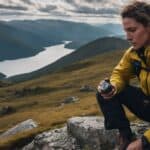
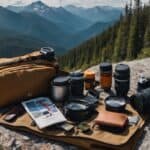






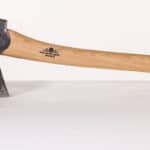

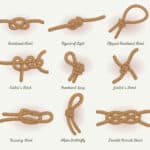
Leave a Reply